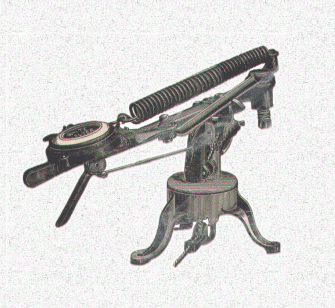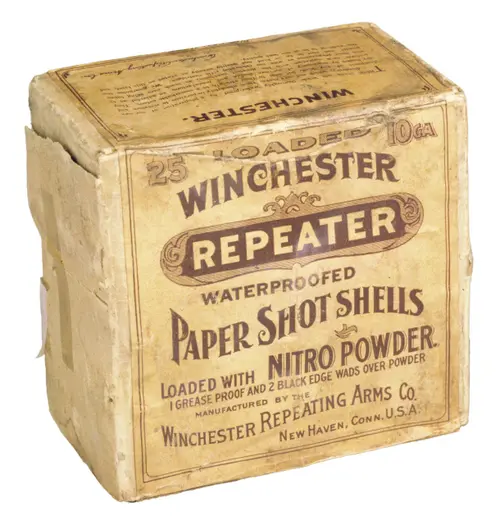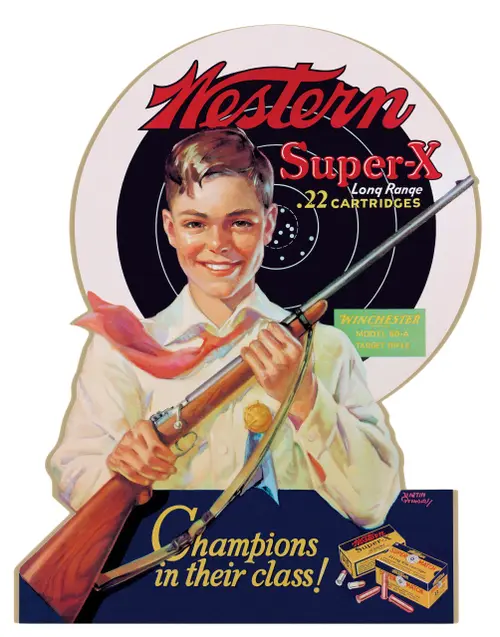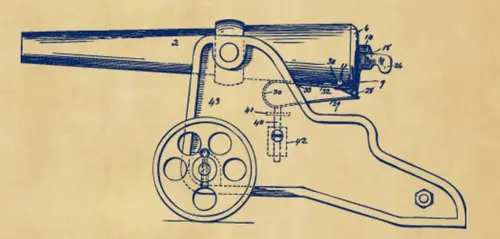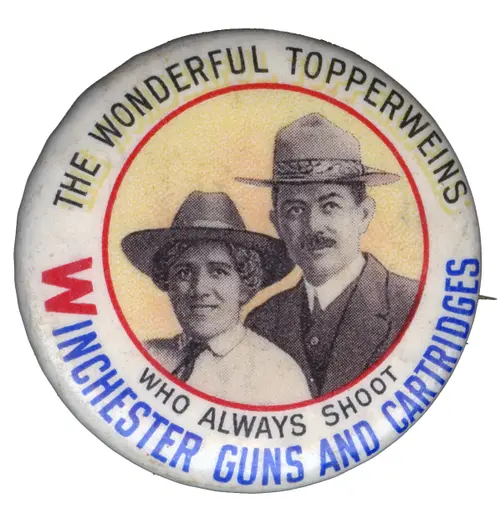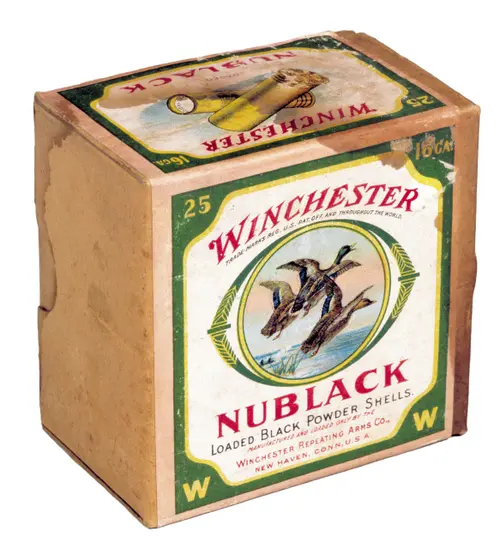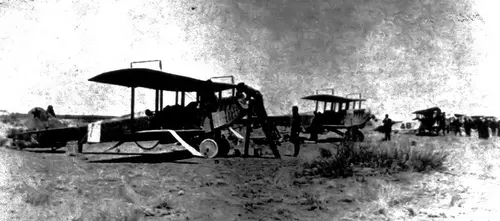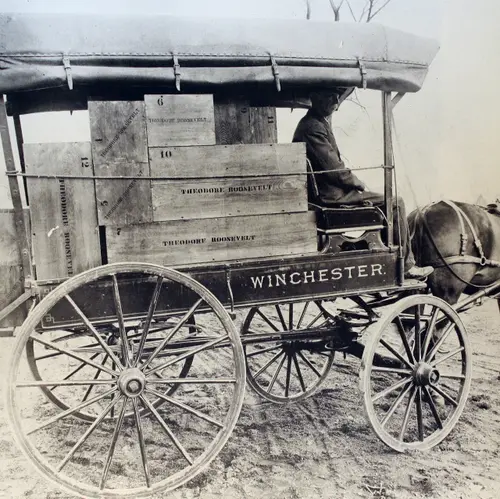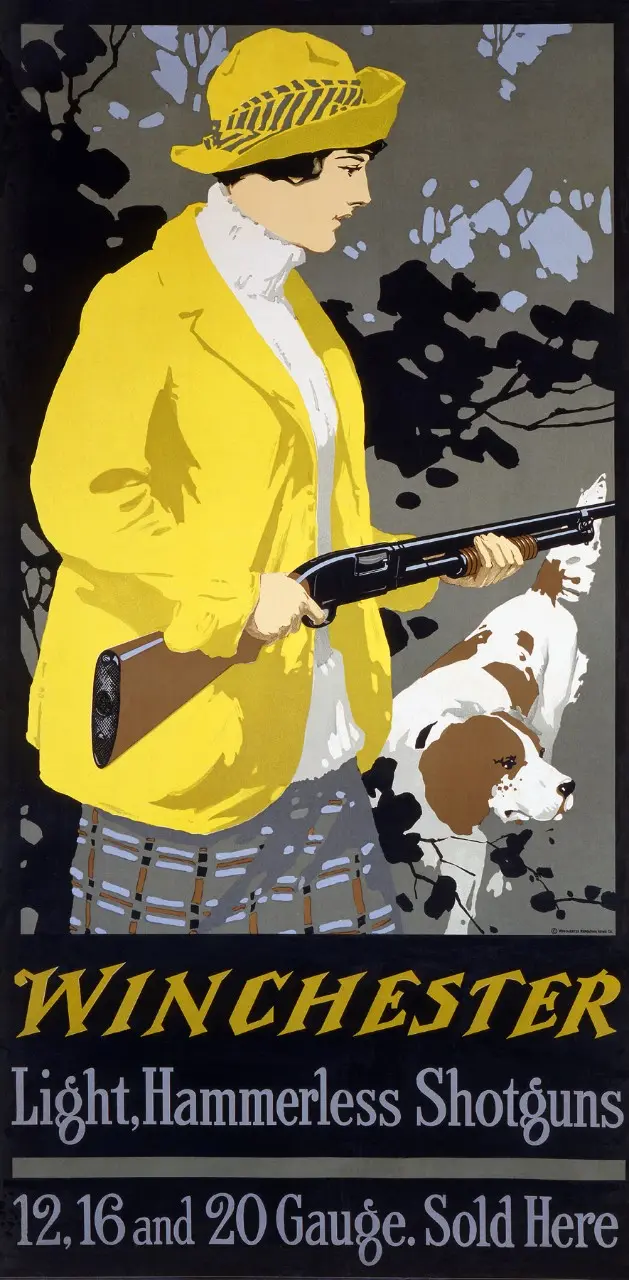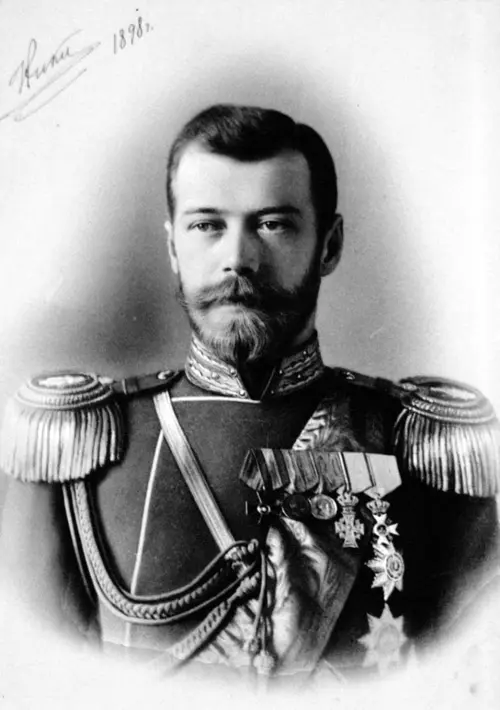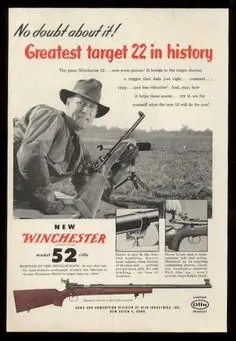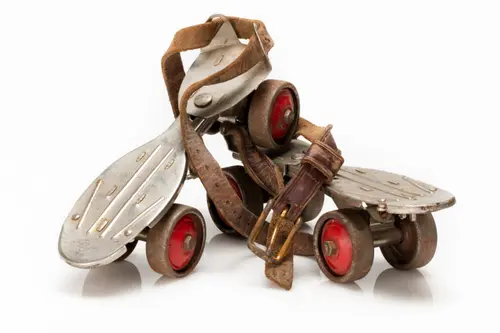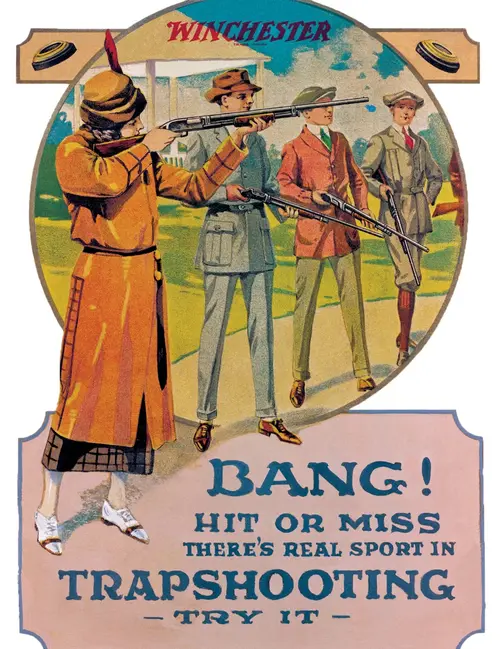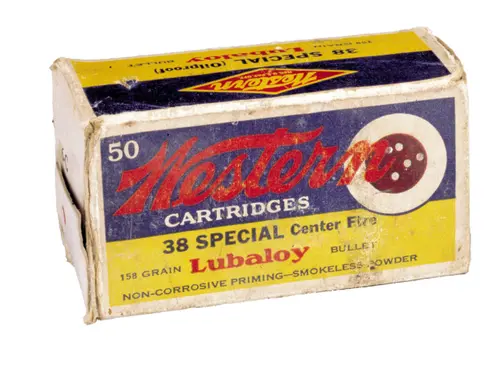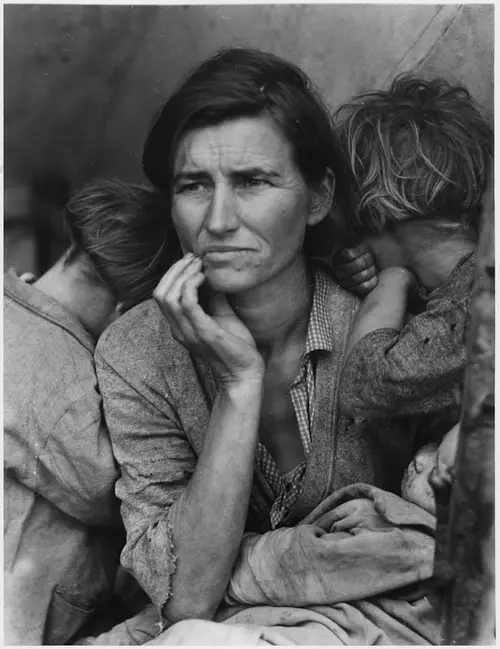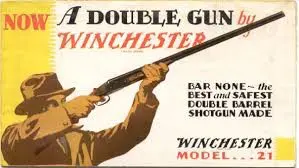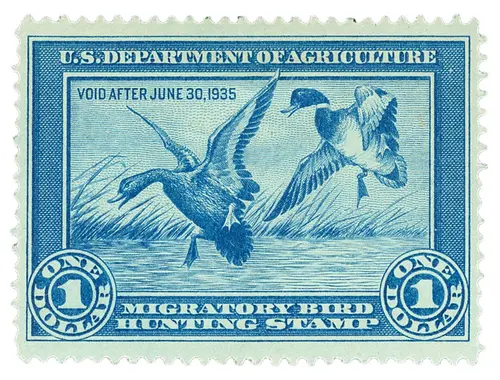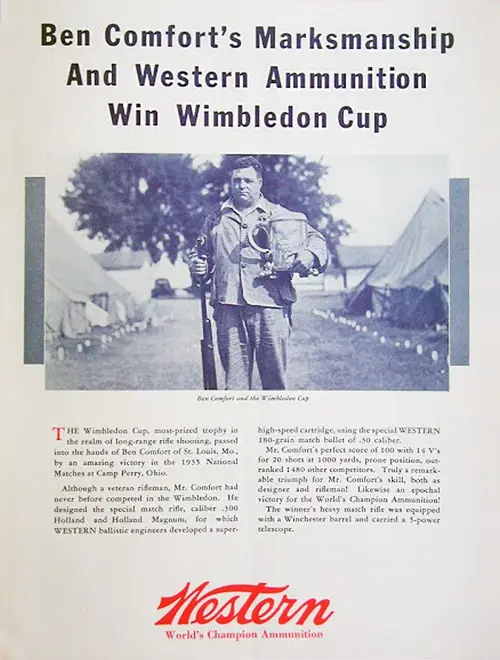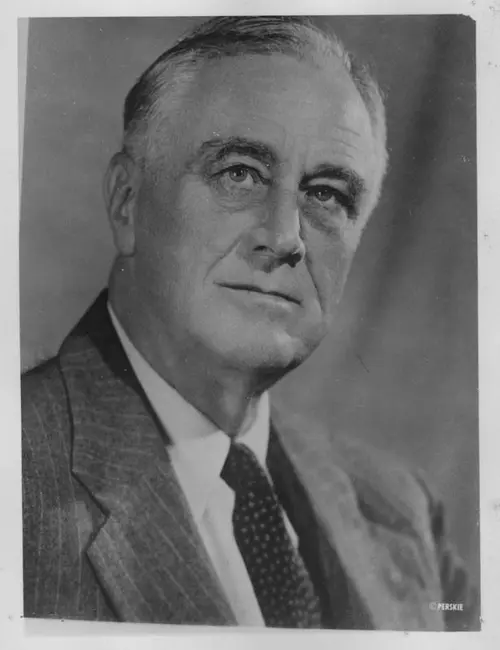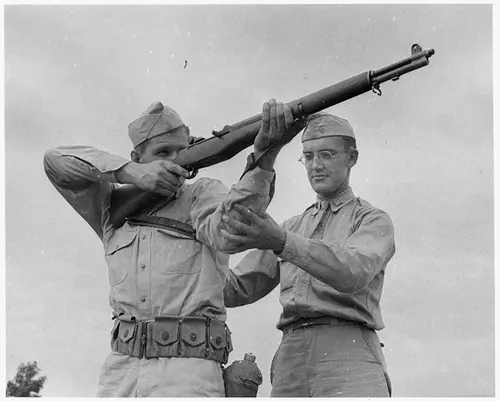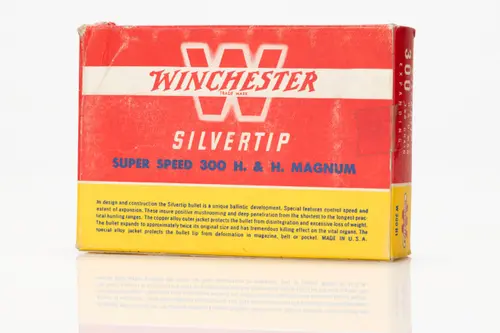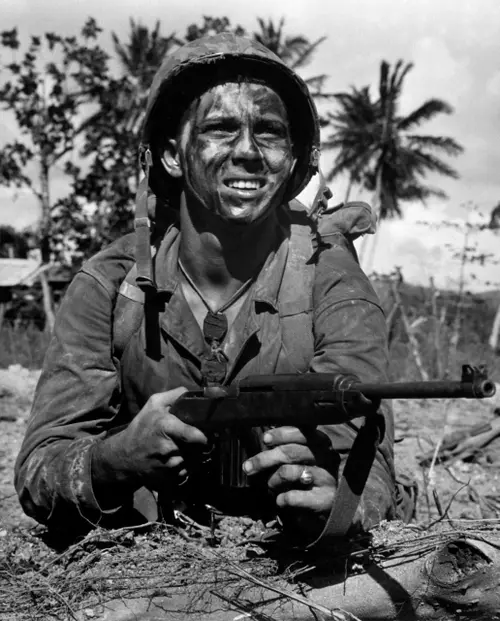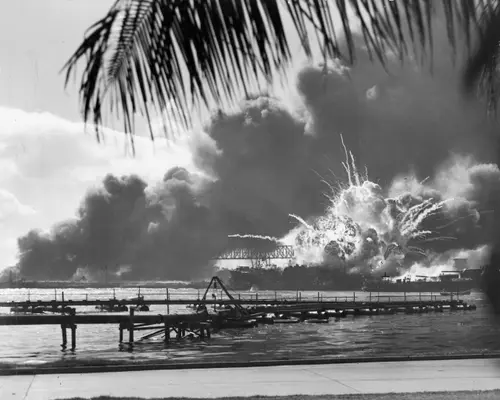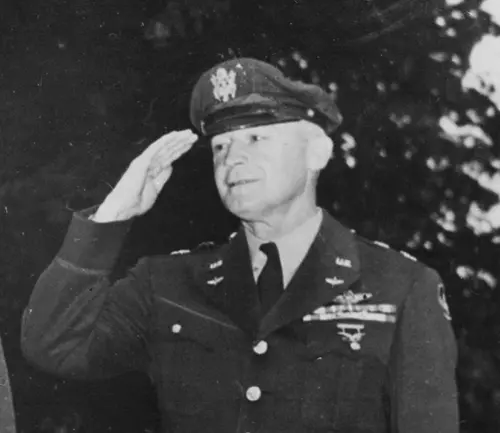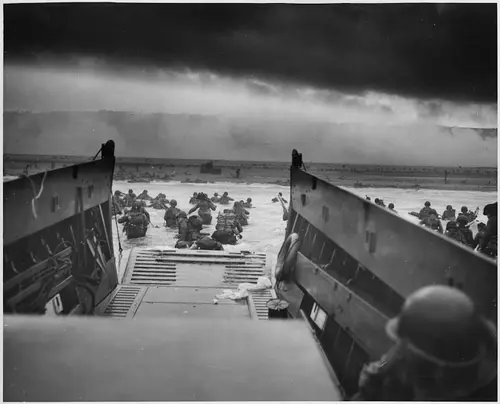Historical Timeline 1900-1949
Historical Timeline 1900-1949
1900s
1900s
1900. Tiffany and Company produces a magnificent silver embellished Winchester Model 1894 in the Art Nouveau style for the Paris Exposition.
1900. The first Grand American Trapshooting Championship marks the beginning of more than a century of Winchester support for the annual event.
- Image source: ATA Trapshooting Hall of Fame
1900. Winchester introduces Repeater waterproof paper hull shotshells.
- Image source: Olin Corporation
1900. The U.S. Congress passes the Lacey Act, the beginning of the end of “market hunting” in the United States.
1902. The Model 1902 single-shot .22 rimfire rifle is introduced and becomes famous as part of the Winchester Junior Rifle Corps Range Kit.
- Image source: Olin Corporation
1903. The Model 1898 breech-loading signal cannon is introduced, chambered for 10-gauge blank shotgun shells. The Bellmore Johnson Company is the manufacturer, under exclusive license from the Winchester - Olin Corporation, of the Winchester Model 98 Breech Loading Signal Cannon.
- Image source: Bellmore Johnson Company
1903. Ad and Plinky Topperwein become exhibition shooters using Winchester firearms, ammunition and targets.
- Image source: Cody Firearms Museum
1904. Ad and Plinky dazzle visitors to the 1904 Worlds Fair in Saint Louis.
- Image source: https://upload.wikimedia.org/wikipedia/commons/d/d1/
Central_Cascade,_World's_Fair,_St._Louis,_from_Robert_N._
Dennis_collection_of_stereoscopic_views.png
1905. The Model 1905 is introduced, the first Winchester self-loading centerfire rifle and the first Winchester with a detachable box magazine.
1905. Winchester begins using the famous W/P oval proof mark called the “Hallmark of Quality.”
- Image source: Winchester Repeating Arms
1905. Winchester introduces Nublack brand loaded black powder shotshells.
- Image source: Olin Corporation
1907. The Model 1907 semi-auto centerfire rifle is introduced along with the new .351 Winchester Self Loading smokeless cartridge. It’s used by the U.S. Army Air Service during their pursuit of Mexican bandit Pancho Villa in 1912. France, Great Britain and Russia arm pilots and observers in their new fangled “aeroplanes” with the rifle during WWI.
- Image source: https://commons.wikimedia.org/wiki/File:1st_Aero_Squadron_-_Columbus_NM_Preparing_Takeoff.jpg originally
from the Library of Congress and U.S. Army Signal Corps
1909. Former U.S. President Theodore Roosevelt and his son Kermit sail from New York Harbor. Their baggage includes 15 crates of brand new Winchester rifles, ammunition and spare parts for their year-long African safari sponsored by the Smithsonian Institution.
- Image source: Olin Corporation
1910s
1910s
1911. Winchester starts loading Lesmok powder in centerfire cartridges.
1912. The Model 1912 pump shotgun is introduced and becomes one of the world’s most popular and respected designs of all time.
- Image source: Olin Corporation
1914. The assassination of Archduke Franz Ferdinand of Austria plunges Europe into World War I.
1915. Winchester begins production of nearly a quarter-million Enfield Pattern Number 14 bolt-action rifles to equip the British Army in Europe.
1915. Winchester begins production of nearly 300,000 Model 1895 Muskets for the army of Czar Nicholas II of Russia.
- Image source: Winchester Repeating Arms
(Photo Note: This is the original studio image and is unretouched.)
- Image Source: https://upload.wikimedia.org/wikipedia/
commons/4/41/Tsar_Nicholas_II_-1898.jpg
1917. Winchester modifies the Enfield Number 14 Pattern rifle to handle the U.S.-standard 30-06 Springfield cartridge, and builds more than a half-million U.S. Model 1917 Enfields. It becomes the most widely used rifle by American troops during WWI.
1918. Winchester produces more than 47,000 Model 1918 Browning Automatic Rifles (BARs) during WWI.
- Image source: Winchester Repeating Arms
1918. The Winchester Model 1897 pump-action shotgun is modified and American soldiers soon come to love the “Trench Broom.” (Enemy troops understandably have a very different view.)
- Image source: Winchester Repeating Arms
(Photo Note: This is the original studio image and is unretouched.)
1918. Winchester ammunition engineers collaborate with John M. Browning to develop the legendary .50 caliber machine gun cartridge.
- Image source: Winchester Repeating Arms
1918. Over a half decade Winchester supplies more than 870 million rounds of ammunition to support the War Effort.
1919. Artist Phillip R. Goodwin creates an illustration of a rugged cowboy in buckskins astride a galloping horse, cradling a Winchester rifle. The image soon becomes the trademark for Winchester.
- Image source: Olin Corporation
1919. The Model 52 rimfire bolt-action target rifle is introduced and it soon becomes the benchmark against which all others are measured.
- Image source: Winchester Repeating Arms
- Image Source: Olin Corporation
1919. Winchester-branded consumer products including pocket knives, hand tools, flashlights, home appliances, roller skates and fishing reels are sold at Winchester stores and independent retailers.
- Image Source: Winchester Repeating Arms
1920s
1920s
1920. The Model 20, chambered for the.410 shotshell is introduced and included in the Winchester Junior Trap Shooting Outfit.
- Image source: Olin Corporation
1921. Winchester introduces the legendary Super-X brand shotshells.
1922. Winchester products are represented in 5,600 retail outlets, about 25% of all the hardware stores in America.
1923. The first Winchester 3" Magnum shotgun loads are introduced.
1925. The Model 54 centerfire bolt-action rifle is introduced, along with the 270 Winchester cartridge. The flat-shooting round becomes famous through the writings of Jack O’Connor.
- Image Source: Winchester Repeating Arms
1925. Winchester introduces Ranger brand shotshells.
1927. Winchester introduces Lubaloy copper-plated bullets.
- Image source: Olin Corporation.
1929. The New York Stock Exchange suffers a massive decline, ushering in the Great Depression.
- Image source:
http://www.fdrlibrary.marist.edu/archives/collections/
franklin/index.php?p=digitallibrary/digitalcontent&id=3416
1930s
1930s
1931. The Model 21 side-by-side shotgun is introduced. Considered the premiere American-made double, it establishes Winchester’s reputation for building top-quality sporting arms.
- Image source: Olin Corporation.
1931. Ammunition maker Western Cartridge Company purchases the Winchester Repeating Arms Company. Western Cartridge Company ownership provides the working capital that allows new firearm models to be developed under the Winchester brand.
1932. Winchester introduces the first non-corrosive, non-mercuric primers to shotshells.
1932. Dr. Fred Olsen patents a method for making smokeless powder underwater in small spherical grains. The new Ball Powder creates an instant competitive advantage for Winchester’s ammunition operation.
1933. Three new guns are introduced; the Model 63 rimfire rifle, the Model 64 lever-action centerfire rifle and the Model 42 pump-action.
1934. The U.S. Government passes the Migratory Bird Hunting Stamp Act to fund the protection of waterfowl habitat.
- Image source: Used by permission of U.S. Fish and Wildlife Service
1935. The Model 69 bolt-action rimfire rifle is introduced.
1935. Ben Comfort of Saint Louis, Missouri, wins the 1000-yard Wimbledon Cup at Camp Perry, Ohio. Chambered in 300 H&H Magnum, Comfort’s rifle uses a Winchester barrel and a Winchester 5-power scope. The “magnum cartridge” craze sweeps into the American shooting culture.
- Image source: Olin Corporation.
1935. Western collaborates with Smith & Wesson to produce the 357 Magnum cartridge. Based on a lengthened 38 Special case, it soon becomes one of the most popular magnum handgun cartridges in the country.
1935. U.S. President Franklin D. Roosevelt limits all shotguns used for hunting migratory waterfowl to three shells. Winchester begins fitting its repeating shotguns with the ubiquitous “duck plug.”
- Image source:
http://www.fdrlibrary.marist.edu/archives/collections/
franklin/index.php?p=digitallibrary/digitalcontent&id=2220
1936. The legendary Model 70 centerfire bolt-action rifle begins production, the first centerfire bolt-action designed by Winchester specifically for sporting use. It instantly gains an international reputation for accuracy, reliability and soon becomes known as “The Rifleman’s Rifle.” Constantly improved and refined, total production of the Model 70 rifle now numbers in the millions. It remains a flagship product bearing the Winchester brand.
1936. The Model 71 lever-action centerfire rifle is introduced, along with the new 348 Winchester cartridge.
1936. The Model 37 single-shot shotgun is introduced, and is perfect for teaching young shooters the basics of shotgunning.
1936. Winchester Rifled Slugs are introduced, replacing traditional single round ball shotgun loads.
1937. During the Dust Bowl the North American waterfowl population plunges to unprecedented lows. Sportsmen respond by forming Ducks Unlimited to help preserve wetland habitat and rebuilt waterfowl populations.
- Image source: Ducks Unlimited
1937. The U.S. Government passes the Pittman-Robertson Act, imposing a 10% excise on firearms and ammunition with revenue earmarked to protect wildlife habitat.
1939. With war looming on the horizon, Winchester sets up tooling to fill an order for 65,000 M1 Garand rifles for the U.S. Military. During the war, Winchester will build more than a half-million such rifles. It is the only private firm entrusted with making the M1 Garand.
- Image source: FDR Presidential Library
1939. Winchester introduces “Silvertip®” rifle bullets
- Image source: Winchester Repeating Arms
1939. The German invasion of Poland plunges Europe into the second great war of the century.
1939. John Wayne rises to stardom in John Ford’s epic western film “Stagecoach.” Wayne’s large-loop Winchester Model 1892 carbine will become one of his lasting trademarks on the silver screen.
- Image source:
https://upload.wikimedia.org/wikipedia/commons/e/e1/
Indians_Attacking_a_Stage-Coach_BAH-p243.png
1940s
1940s
1941. Winchester engineers develop a light military carbine and cartridge combination and deliver a working model to government evaluators in only 13 days. Now devoting virtually all production capacity to the Allied war effort, Winchester builds more than 800,000 of the six million M1 carbines manufactured during the conflict.
- Image source:
https://upload.wikimedia.org/
wikipedia/commons/e/e0/USMC_M1_Carbine.JPEG
1941. Japan launches a surprise attack on the U.S. fleet at Pearl Harbor, killing more than 2,400 U.S. servicemen. The following day the United States formally declares war on Japan.
- Image source:
https://upload.wikimedia.org/wikipedia/commons/b/b8/
USS_SHAW_exploding_Pearl_Harbor_Nara_80-G-16871_2.png
1943. Winchester ‘s one-millionth Model 12 shotgun is presented to General Henry R. “Hap” Arnold, commander of the U.S. Army Air Forces.
- Image source:
https://upload.wikimedia.org/wikipedia/commons/7/78/Gen._
George_C._Marshall,_U._S._Army_Chief_of_Staff,_and_Gen._Henry_
%22Hap%22_Arnold,_Commanding_General,_U._S._Army_Air..._-_
NARA_-_198960.jpg
1944. In June Allied forces invade Normandy, marking the start of the final liberation of Europe.
- Image source: http://www.fdrlibrary.marist.edu/archives/collections/franklin/index.php?p=digitallibrary/digitalcontent&id=3961
1944. General George S. Patton, Jr. declares the M1 Garand “…The greatest battle implement ever devised.” (Based on actual combat experience, millions of Allied - and Axis - soldiers would probably agree.) Winchester builds a special M1 Garand for Patton.
- Image source:
https://upload.wikimedia.org/wikipedia/commons/
c/c7/GeorgeSPatton.jpg
- Image Source: Cody Firearms Museum
1945. After more than a half-decade of global war Allied armies are ultimately victorious over the Axis powers.
- Image source:
https://upload.wikimedia.org/wikipedia/commons/thumb/f/fd/V-J_Day_
celebrations-in_Jackson_Square,_Oak_Ridge.jpg/958px-V-J_Day_
celebrations-in_Jackson_Square,_Oak_Ridge.jpg
1945. At the height of wartime production Winchester–related firms employ more than 60,000 workers. Some 15 billion rounds of ammunition are delivered to American troops from Winchester facilities and Winchester-managed U.S. Government plants.
1945. The Super Seal cup wad is introduced to boost shot load velocities and prevent gases from entering the shot chamber.
1949. Television becomes a part of the daily routine in the American home. The popularity of the primetime TV Western will continue for the next quarter century.



